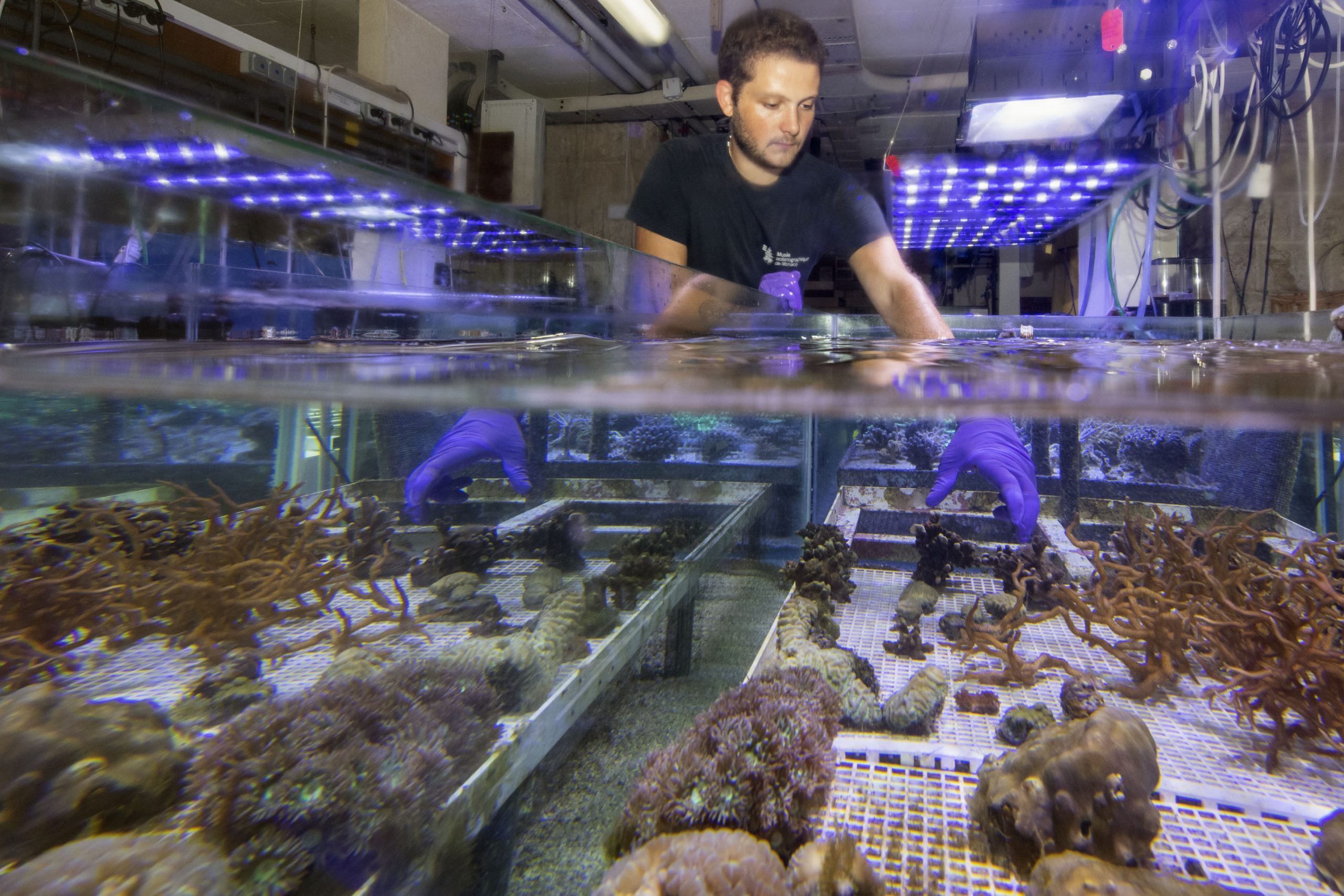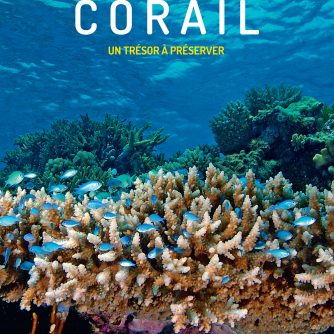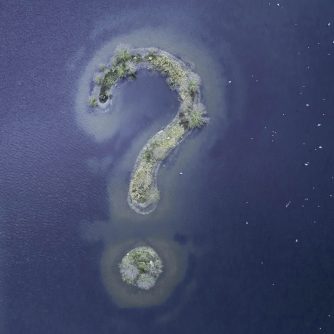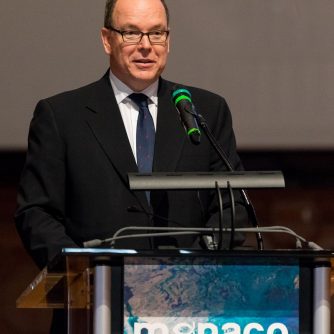What solutions
to save the corals?
- Home
- Intervenants-FDM
- “What solutions to save the corals?”
Saving coral reefs: many solutions
In an attempt to save coral reefs, urgent and simultaneous action is needed to address global and local threats, reduce pollution, protect areas that are still in good condition, restore degraded areas, develop a blue economy around certain reefs, which protects and enhances them. But above all and most importantly first and foremost to fight against climate change!
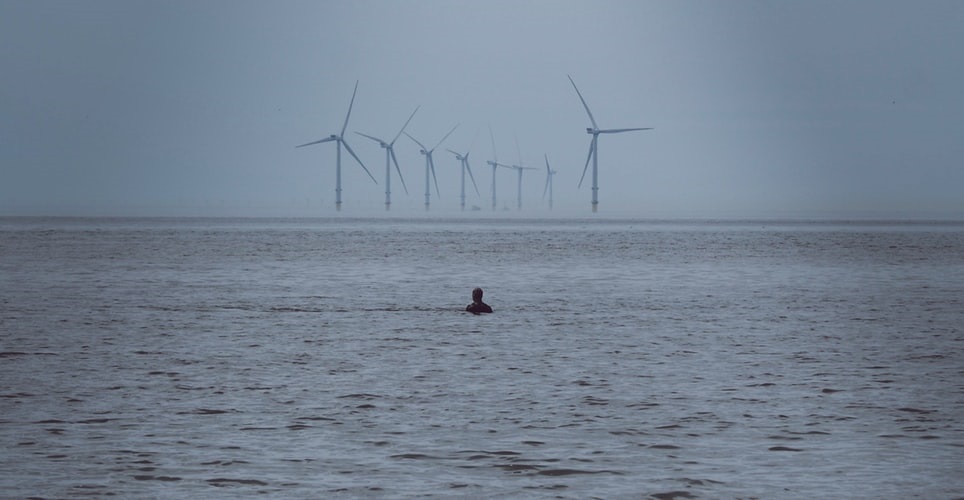
Combating climate change
This is the first emergency to slow down ocean warming and limit coral bleaching episodes. To achieve this, we must drastically reduce greenhouse gas emissions in order to stay below 1.5° C of warming, save energy, gradually but resolutely move towards a low-carbon economy, and use more renewable energy. Less CO2 in the atmosphere also means that the ocean acidifies less quickly and has less impact on organisms that, like corals, create a calcareous skeleton.
FIGHT AGAINST POLLUTION
Pollution suffocates or poisons the reefs. All forms of chemical and physical pollutants that end up in the sea must be eliminated! It is up to all of us to adopt the right practices, the right gestures, everywhere and in all circumstances, including inland. Together, let’s reduce, reuse and recycle to limit the consumption of resources and the creation of waste.
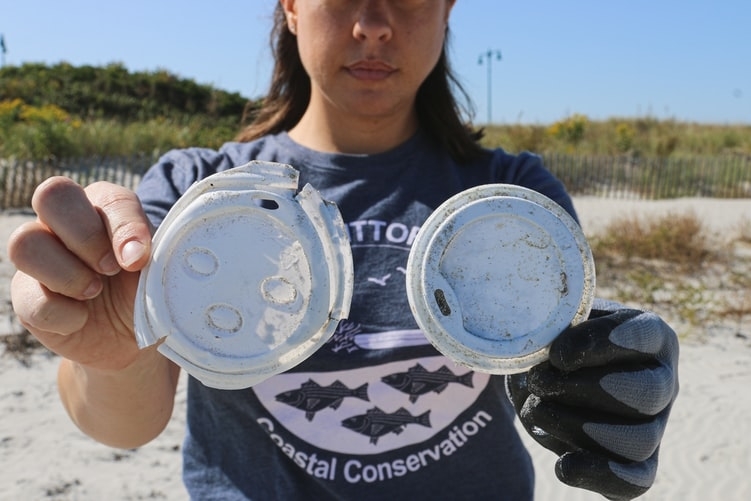
We can all take action! Discover 10 things you can do on holiday or in your daily life to preserve coral reefs.
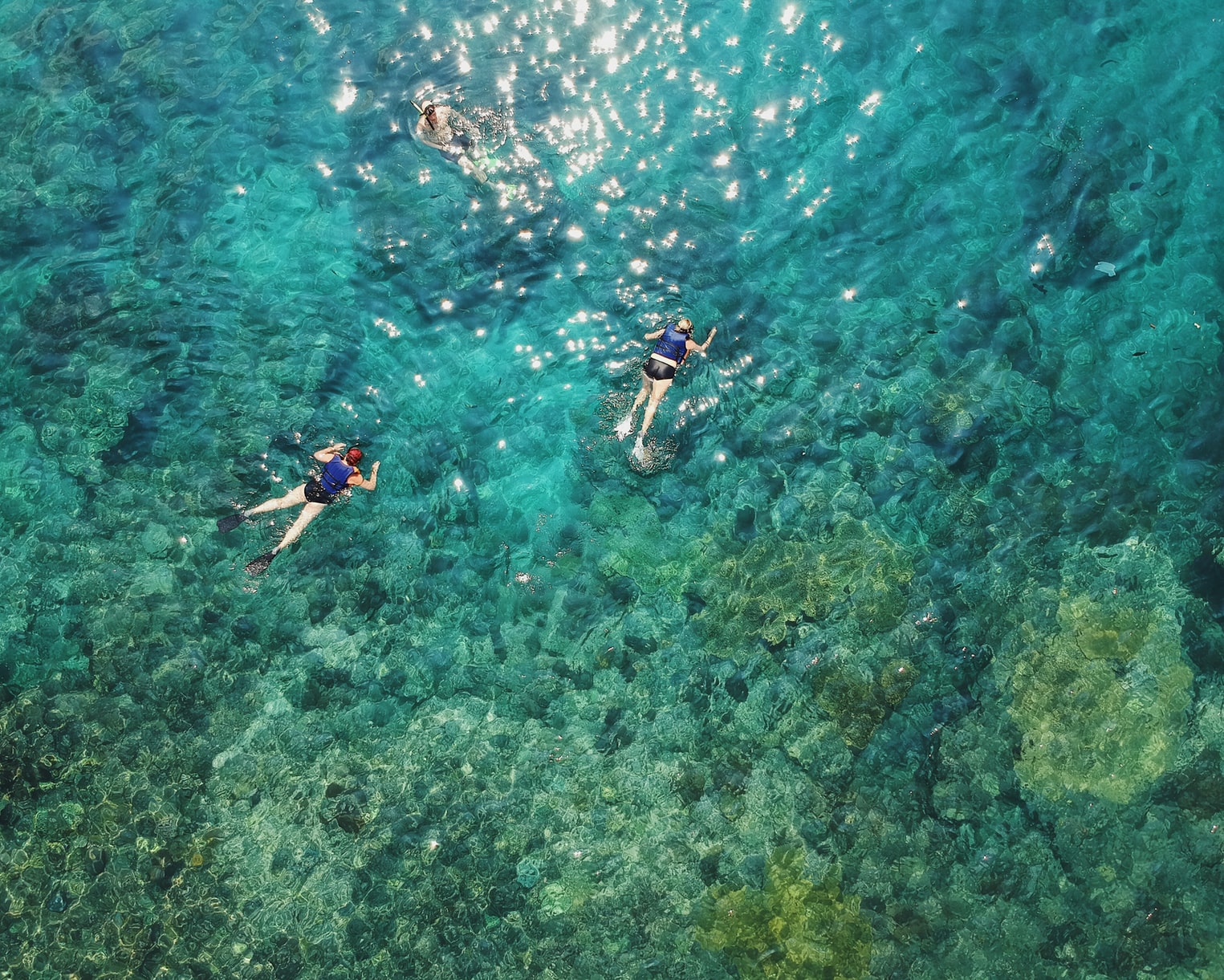
PROMOTING THE BLUE ECONOMY
Developing sustainable economic activities that respect coral reefs and create value and jobs in many economic sectors (tourism, fishing, aquaculture, agriculture, maritime transport) is possible! Among the main actions to be carried out: stopping the concreting of the coastline, limiting urban sprawl and infrastructure construction (industrial, tourist), particularly in fragile areas. For responsible tourism, we must develop scuba diving that respects species and ecosystems, limit the number of divers if necessary, provide better supervision and raise awareness, and use anchor buoys. For a sustainable agriculture, the priority is to protect waterways (because everything reaches the sea), stop deforestation and limit pesticides. For responsible fishing and aquaculture, there is an urgent need for better control of practices and to combat all forms of illegal fishing.
PROTECT CORAL REEFS
AND ASSOCIATED ECOSYSTEMS
Coral reefs will have a better chance of being preserved if representative (in good condition and rich in species), networked, effectively managed marine protected areas (MPAs) are created where human activities are regulated. Scientists recommend protecting the so-called “refuge” zones, particularly those in the “mesophotic” zone, located between 30 and 150 m deep and therefore relatively sheltered from marine heat waves. The corals found there are less vulnerable to bleaching and thus likely to serve as a reservoir to promote the recolonisation of degraded areas. At the same time, seagrass beds and mangroves must also be protected. These coral reef-related ecosystems play a major role in carbon cycling and storage, helping to combat the accumulation of greenhouse gases in the atmosphere.
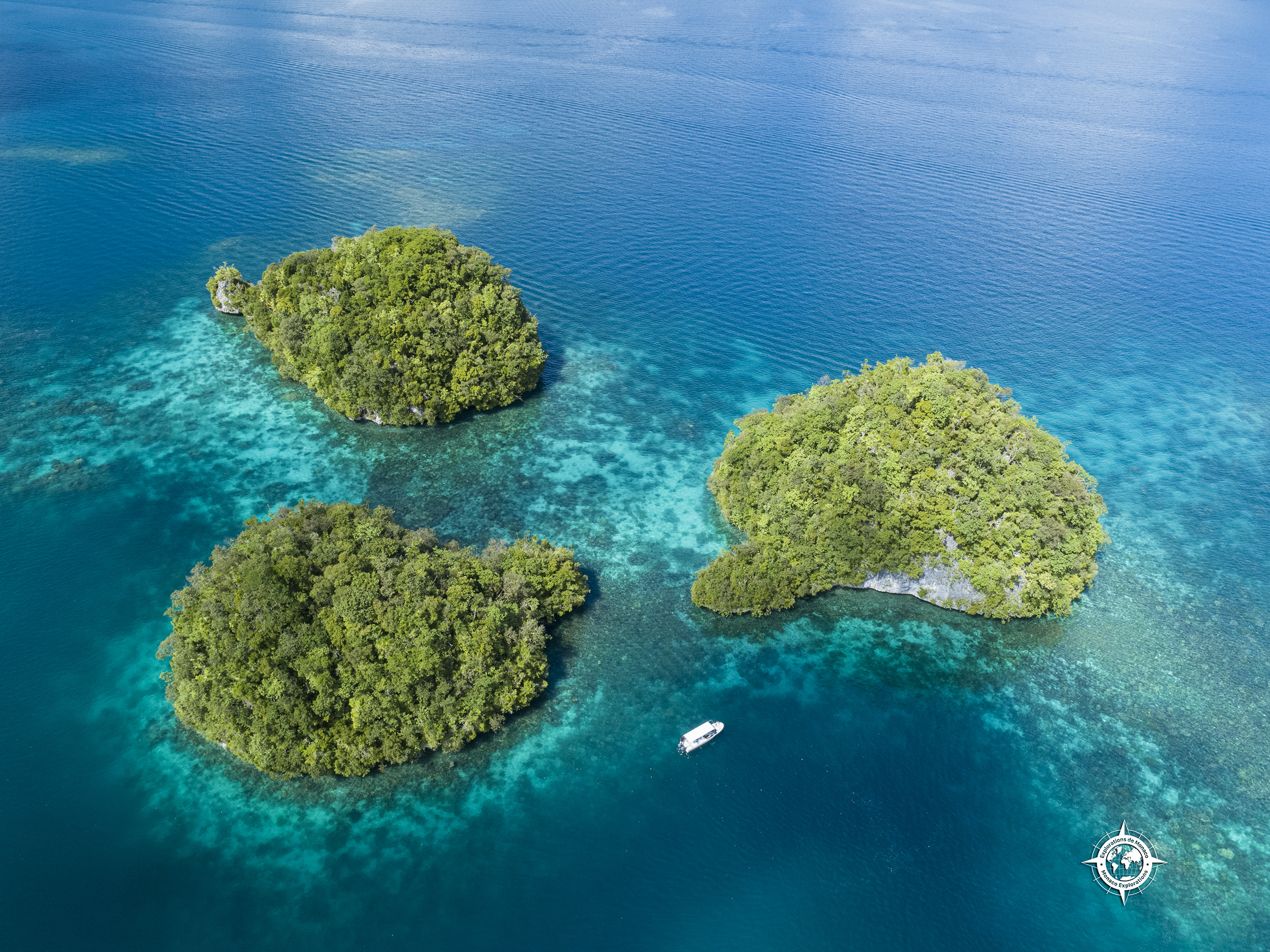
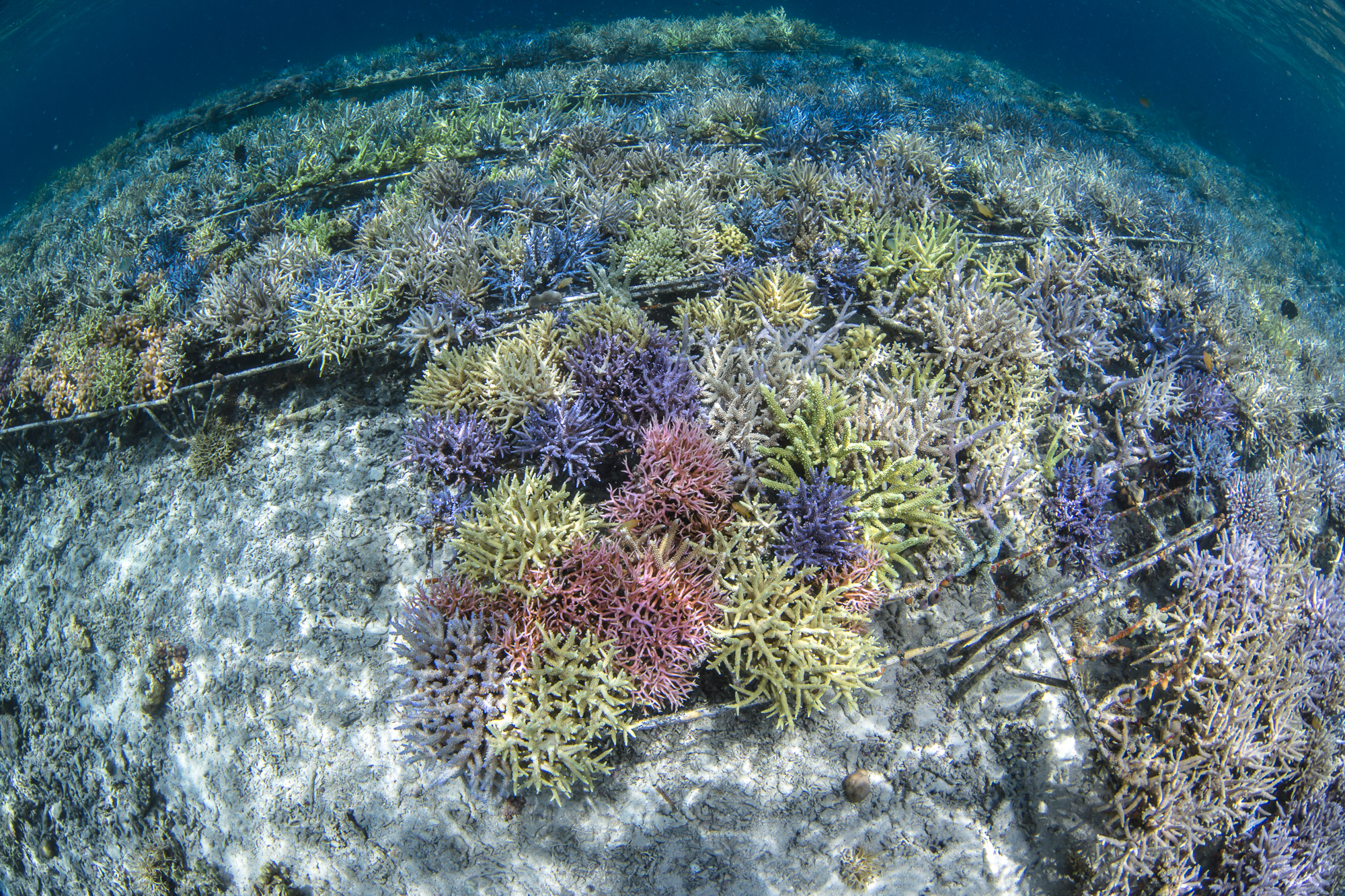
Restore degraded reefs
Wherever possible, we must try to restore reefs degraded by human activities. This can be done by transplanting coral from one site to another(ex-situ), or by cultivating it in situ(in situ), where a fragment of coral can reform a new colony. Engaging local communities in this process and eliminating the local factors that had caused the loss of corals are two prerequisites for the success of such operations. Researchers are now developing new methods based on assisted evolution, selecting species or strains of corals that are resistant to heat waves, and re-implanting them to reform various reefs. They also try to collect gametes, eggs, larvae of corals, and to spread them on the reef, for example with aerial means. Seagrass beds and mangroves can also be restored by replanting or cultivating them, using methods based on scientific recommendations.
Create a Conservatory
world coral reef
Create a coral “bank”, just as there are seed banks. The one initiated by the Scientific Centre and the Oceanographic Museum will constitute a Noah’s Ark of 1000 species distributed in the largest aquariums and research centres in the world, with the aim of preserving the strains and re-implanting them in devastated areas. It will also make it possible to study the resistance of species to heat and to select the strongest varieties, an important contribution to their preservation, if we also manage to limit global warming.
